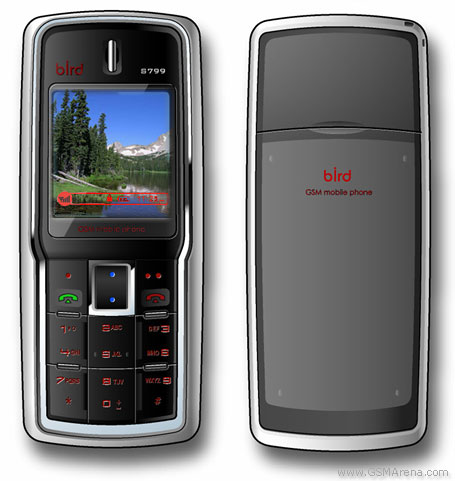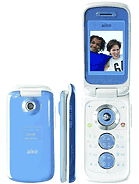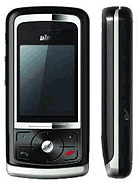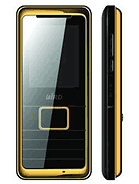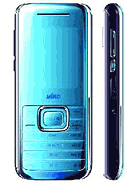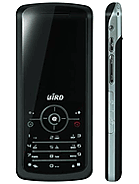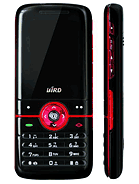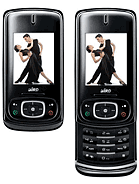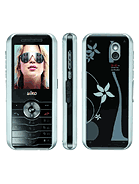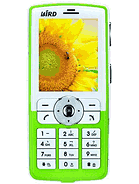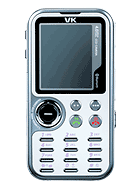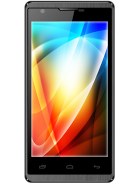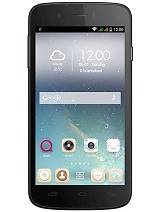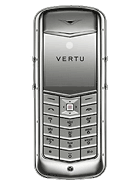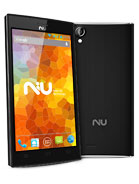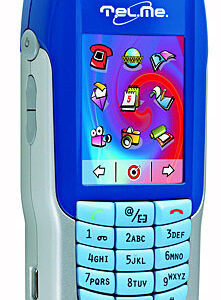Bird S799 Overall Review
The Bird S799 emerged in the third quarter of 2005 as a distinctive mobile phone, aiming to cater to the basic communication needs of users with its simple yet functional design. It featured a CSTN display capable of showing up to 65K colors, a standard for the time, ensuring a reasonably vibrant visual experience for users. One of the phone’s standout features was its 1620 mAh battery, which, by mid-2000s standards, offered an extended usage time between charges, addressing one of the common concerns among mobile users.
Although detailed specifications like storage capacity, camera quality, and connectivity options are scarce, the era’s norms suggest the device focused on core functions like voice calls, SMS, and basic multimedia capabilities. Devices like the Bird S799 typically came with a modest onboard storage, expandable via memory cards, and a camera suited for simple photography tasks.
Bird S799 Pros and Cons
Pros:
- The 1620 mAh battery provides prolonged usage time, reducing the need for frequent charging.
- CSTN display with 65K colors offers a decent visual experience for a phone of its era.
- Simple and functional design, catering to users seeking straightforward mobile phone functionality.
Cons:
- Limited by the technology of its time, lacking advanced features found in more recent devices.
- The camera and storage specifications, while typical for the period, would be considered inadequate today.
- Connectivity options might be restricted to the basics, without support for modern internet or data services.
